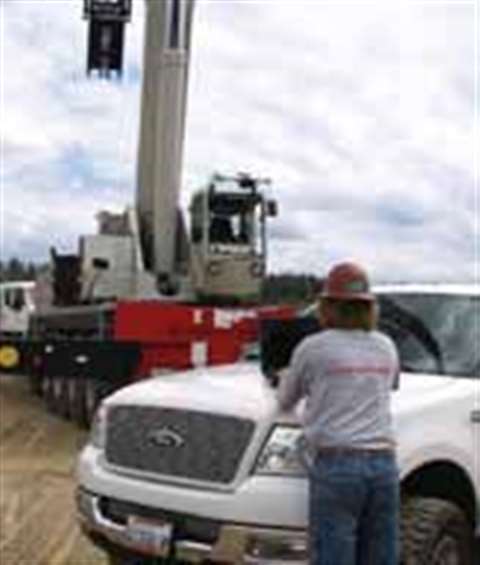A new medium: online training
17 March 2008

There's no need to be wary of online training, says Myron Lee, co-founder of online training specialist Arxcis. It's easy to deliver, Arxcis. It's easy to deliver, much more flexible than “classroom” courses, and perfect if you want to track the training of your employees.
In the last year, safety training has been infused with technology, making instruction via online courses available to everyone – literally. This new training method allows trainers to reach an entirely new audience comprised of people who may never have received training otherwise.
That's because digital training is affordable and flexible, particularly in cases where new employees are brought onto the team frequently.
Let's say you just completed an expensive, on-site training course for your 15 employees. One week later, you hire a new guy. Two weeks after that, you hire another. What will be the fate of these new workers? Many in situations like this are forced to wait another year, until the company's annual course rolls around.
Wouldn't it be nice to have the ability to sit those two workers down at a computer and have them catch up with the rest of the team in less than two hours? That's what the flexibility of online training allows.
When construction business owners hear talk of digital training, they assume it lacks the proper OSHA-certification. In fact, OSHA does not certify any training processes, live or digital. What they do is examine, usually after an incident, whether the employee involved received training on the existing standards and requirements set by their organization.
To determine this, they look for documentation. When employees are trained by a live trainer, the boss will be provided with a receipt from the trainer and possibly a roster of the course attendees. However, that documentation may not show what information was presented or how well each employee absorbed the information.
Alternatively, when the boss chooses to train via online courses, individualized documentation comes with the package. In fact, in the case of the Hard Hat Training Series, the boss is emailed each employee's results upon completion of the online course's concluding exam. Those results can easily be filed for proof that the employee was informed (and retained knowledge) of the rules.
Historically, advances in equipment and processes – whether it be the microwave oven at home or the voicemail system at work – have been met with skepticism, discomfort and worse yet, fear.
But eventually, technology is accepted. What feels confusing at first ultimately makes our lives' better, and usually less complicated.
Fear keeps many in the construction industry from using technology to beef up their safety training processes.
There are many misconceptions keeping companies from taking advantage of digital forms of training. The leading roadblock is the belief that face-to-face training is always best because it involves a live person. This is true if the instructor is vibrant and able to keep the attention of the students for long periods of time.
However, anyone who has sat through a four- to eight-hour course led by a monotone-voiced instructor reading from a PowerPoint presentation knows that live doesn't always mean better. Classes like this can actually make learning and retention more difficult.
A second roadblock to the adoption of online training is a lack of computers. What's nice about the Internet is that it can be used on any type of computer, anywhere – even the job site. The employee can take the Web address home and complete the course after hours. Employers can give the employee time off to complete the course at a public computer lab; often trade schools and local libraries allow people to use their computers at no cost.
Another misconception that keeps companies from going digital is the belief that it must be a total rehaul of their approach to training. This is not the case. If you prefer an engaging, live instructor and you can afford him or her to visit frequently, sign on with one who offers digital training as a part of the package.
Some trainers choose to offer a live presentation, followed by an online training review and exam. This allows for even greater chances of knowledge retention. Some trainers reverse the order, asking the client company to give employees the online training and then visiting to reinforce it with a live presentation or on-site skills workshop.
One such company, Arrow Marine Services, plans on putting their employees through the online training class and then getting together later for hands-on training. “It's much easier and more cost-effective to have our operators take the classroom portion of the training separately and online, during slow periods or at home”, says Jeremy Johnson, safety supervisor. “That way, we only have to get everybody together for two hours instead of eight.”
With this kind of a setup, you get the best of both worlds: live training by an engaging professional and the flexibility and documentation of the digital training.
As with all new technology, digital training may seem uncomfortable now. But it is coming and will soon be the standard. Adopting it takes a desire to offer your employees the best – and a little bit of bravery – but it's worth every effort.


